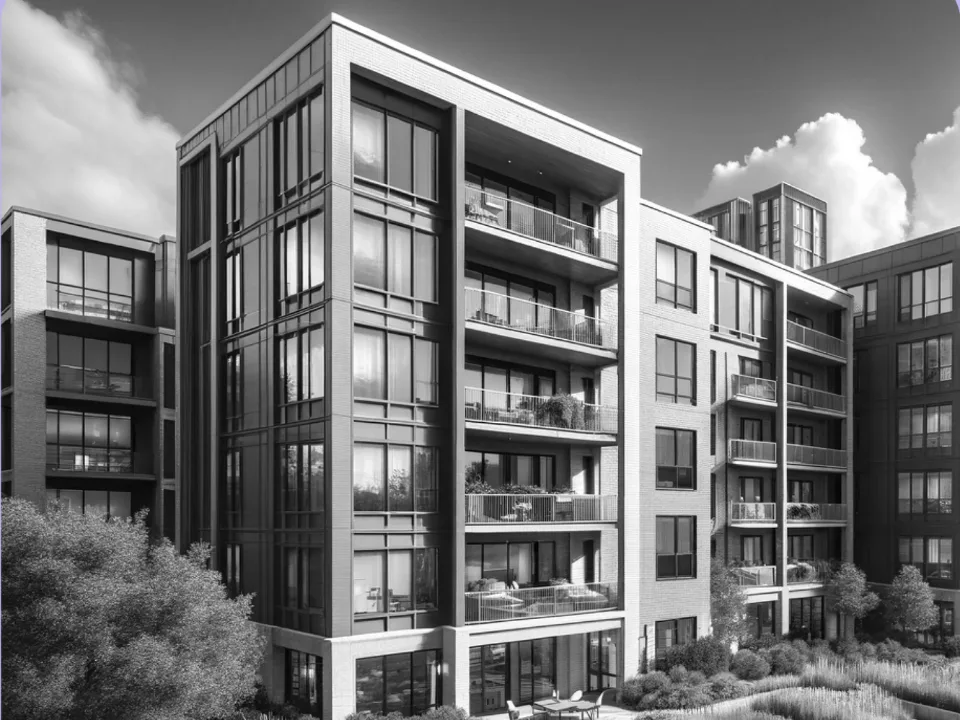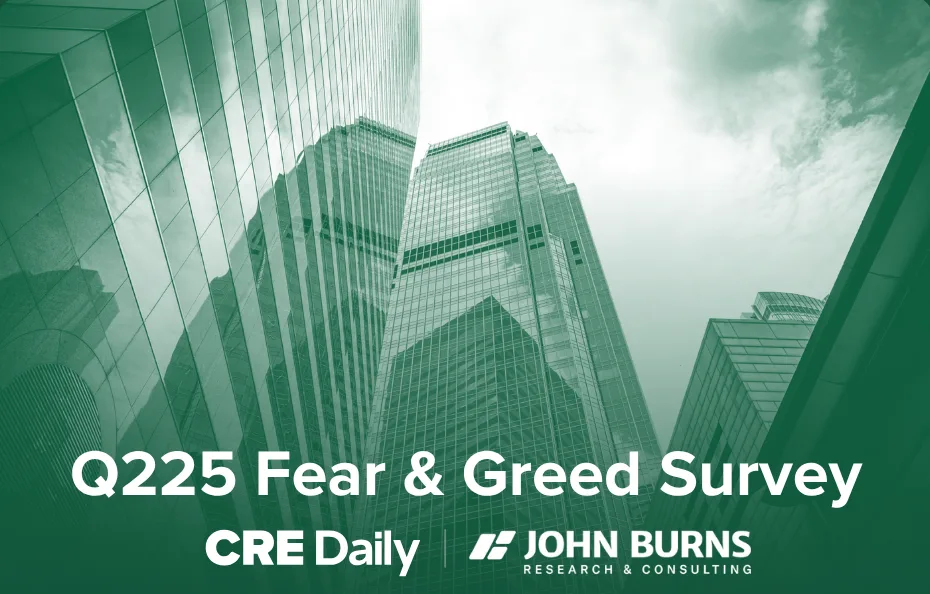- Luxury properties in sought-after locations seem immune to market headwinds thanks to their inherent scarcity and appeal.
- Major brands are transitioning from leasing to direct ownership, which gives them more control over customer experiences.
- Institutional investors, like family offices and sovereign wealth funds, are capitalizing on the demand.
Exclusive luxury properties on prestigious streets worldwide are maintaining their value despite major market fluctuations, as reported on WSJ.
A Breed Apart
Despite general market fluctuations, high-end retail properties on prestigious streets seem largely untouched by the recent surge in U.S. and European interest rates seen in the average commercial market. The demand for these luxury properties far outweighs any impact from economic forces.
Investors are willing to pay top dollar for these prime locations, with yields as low as 2.2% on properties like London’s Bond Street and Milan’s Via Montenapoleone. The unique value and scarcity inherent to luxury retail continues to attract major tenants.
The fierce competition for rare and posh retail space also creates a stronghold for bigger luxury brands to secure ‘bragging rights’ locations. With limited availability in esteemed areas like London’s Bond Street and New York’s Fifth Avenue, ownership becomes paramount. It’s no surprise that LVMH and Compagnie Financière Richemont are actively investing in flagship properties in these prime locations.
Better Than Leasing
Luxury retailers have also figured out what WeWork could not before its IPO—that buying up retail buildings is better than leasing. More and more brands are opting for property ownership to prevent eviction risks and enhance customer experiences.
As e-commerce grows, physical locations become even more crucial, enabling brands to provide unique in-person experiences. The shift towards ownership also helps brands protect themselves from potential landlord disruptions, as demonstrated by Hermès displacing Asprey on London’s Bond Street.
Brands like Christian Dior and Rolex are solidifying their presence on iconic high-end streets by buying up entire buildings.
More high-net-worth families and sovereign wealth funds are also selling luxury retail properties. Encouraged by the lucrative demand from luxury brands, these sellers, including Hong Kong-based investors, are capitalizing on current market conditions to cash out and reinvest their profits.
Why It Matters
Luxury retail will likely remain insulated from broader economic fluctuations thanks to healthy demand. With M&A activity slowing, luxury brands are investing billions to secure prime, high-end shopping locations thanks to near-limitless demand for these spaces. Investing in prime real estate also offers a way for brands to strategically deploy resources while tailoring offline customer experiences.

















